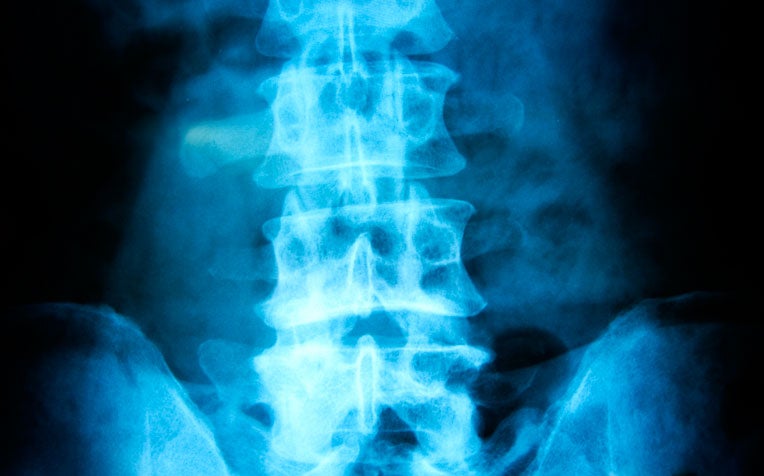
Pelvic inflammatory disease (PID) can be treated using oral antibiotics.
Pelvic inflammatory disease (PID) refers to the infection and inflammation of the female pelvic or reproductive organs, including the womb lining (endometrium), uterus, fallopian tubes, cervix or ovaries.
In extreme cases, abscesses can occur in the pelvis (tubo-ovarian abscess), and this may become a generalised infection, with potentially life-threatening consequences.
Acute inflammation and a delay in diagnosing PID, or seeking treatment, can lead to:
- the scarring of the reproductive organs which can cause infertility,
- an increased risk of ectopic pregnancy (pregnancy occurring outside the womb),
- chronic pelvic pain and
- abnormal painful menstrual cycles.
Repeated episodes of PID (chronic PID) run a much higher risk of such complications. PID is the primary preventable cause of infertility in women.
The overall incidence of PID is estimated at 10 to 13 in every 1,000 women, with the highest incidence of 20 in 1,000 women in the 15–24 year age group.
Causes and risk factors for pelvic inflammatory disease
At least 60 per cent of PID cases are due to the bacteria that cause two common sexually transmittable infections – chlamydia and gonorrhoea. The exposure of the cervix to these bacteria weakens its ability to prevent the spread of disease-causing organisms to the internal organs in the upper genital tract. Early treatment of STIs can help prevent PID.
In rarer instances, secondary PID can occur by infection that spreads directly from other internal organs, the commonest being from an inflamed appendix in acute appendicitis.
Other microbial infections as well as fungal infections in those with low immunity may also cause PID, while viral or parasitic infections are less common.
Factors associated with developing pelvic inflammatory disease include:
- Previous diagnosis of an STI
- Being sexually active and under the age of 25
- Having multiple sex partners
- Lack of use of barrier method contraception i.e. condoms
- Douching. This can push bacteria into the pelvic organs and cause infection. It can also hide the signs of an infection.
- Use of an intrauterine device (IUD)
- Abuse of alcohol and recreational drug usage
- Smoking
- Having surgery and instrumentation of the womb, such as a hysteroscopy, abortion, dilatation & curettage (D&C), endometrial sampling, or evacuations for miscarriages
Signs and symptoms of pelvic inflammatory disease
Mild cases of the condition often don’t have any symptoms. In severe cases, there may be lower abdominal pain and fever. Pelvic inflammatory disease can come on fast with extreme pain and fever, especially if it's caused by gonorrhea.
Often, PID is detected when women see their doctor because they have difficulty getting pregnant, or when they are suffering from chronic pelvic pain.
Typical symptoms of PID include:
- Lower abdominal pain. This is the most common symptom.
- High spiking fevers or chills and trembling
- Foul-smelling, purulent, bloody vaginal discharge
- Irregular menstrual periods
- Abnormal vaginal bleeding, such as bleeding during or after sexual intercourse (post-coital bleeding)
- Nausea and vomiting
- Lower abdomen, cervical motion, and uterine and/or adnexal tenderness
- Pain in the upper right abdomen (rare)
- Vaginal discharge
Without treatment, pelvic inflammatory disease can lead to severe problems such as infertility, ectopic pregnancy, and chronic pelvic pain. If you suspect a case of pelvic inflammatory disease, consult a doctor right away.
Treating PID
The main treatment for PID is oral antibiotics to combat the bacteria and pain medication to ease the pain.
The doctor will prescribe the type of antibiotics based on the results of the laboratory tests. If the symptoms fail to clear up within two to three days, or if you have severe symptoms, an abscess or sore in a tube or ovary, are pregnant or have low immunity, hospitalisation and/or surgery will be needed.
If you are diagnosed with PID, your sexual partner(s) also have to be treated, even if they may not show any symptoms. Otherwise, infection is likely to recur when you resume sexual activity.
Ref: T12
Contributed by


















 Get it on Google Play
Get it on Google Play